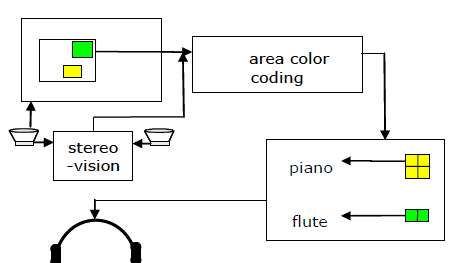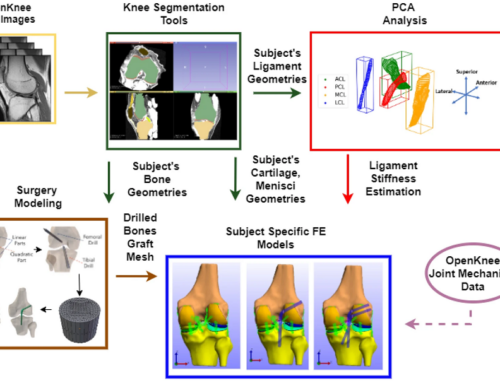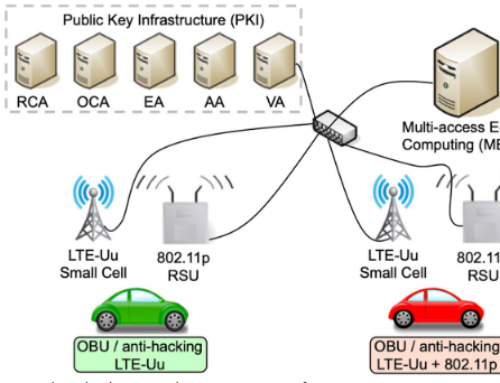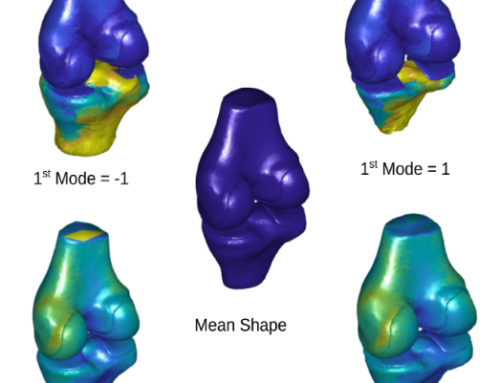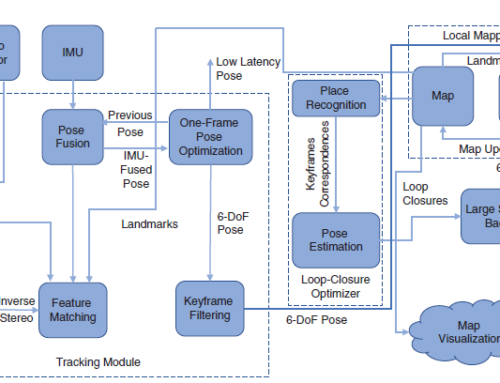Image and video processing for visually handicapped people
This article reviews the state-of-the-art in the field of assistive devices for sight-handicapped people. It concentrates in particular on systems that use image and video processing for converting visual data into an alternate rendering modality that will be appropriate for a blind user. Such alternate modalities can be auditory, haptic, or a combination of both. There is thus the need for modality conversion, from the visual modality to another one; this is where image and video processing plays a crucial role. The possible alternate sensory channels are examined with the purpose of using them to present visual information to totally blind persons. Aids that are either already existing or still under development are then presented, where a distinction is made according to the final output channel. Haptic encoding is the most often used by means of either tactile or combined tactile/kinesthetic encoding of the visual data. Auditory encoding may lead to low-cost devices, but there is need to handle to high information loss incurred when transforming visual data to auditory one. Despite a higher technical complexity, audio/haptic encoding has the advantage of making use of all available user’s sensory channels.
T. Pun, P. Roth, G. Bologna, K. Moustakas and D. Tzovaras, “Image and video processing for visually handicapped people”, Eurasip International Journal on Image and Video Processing, volume 2007, article ID 25214, 12 pages.)

